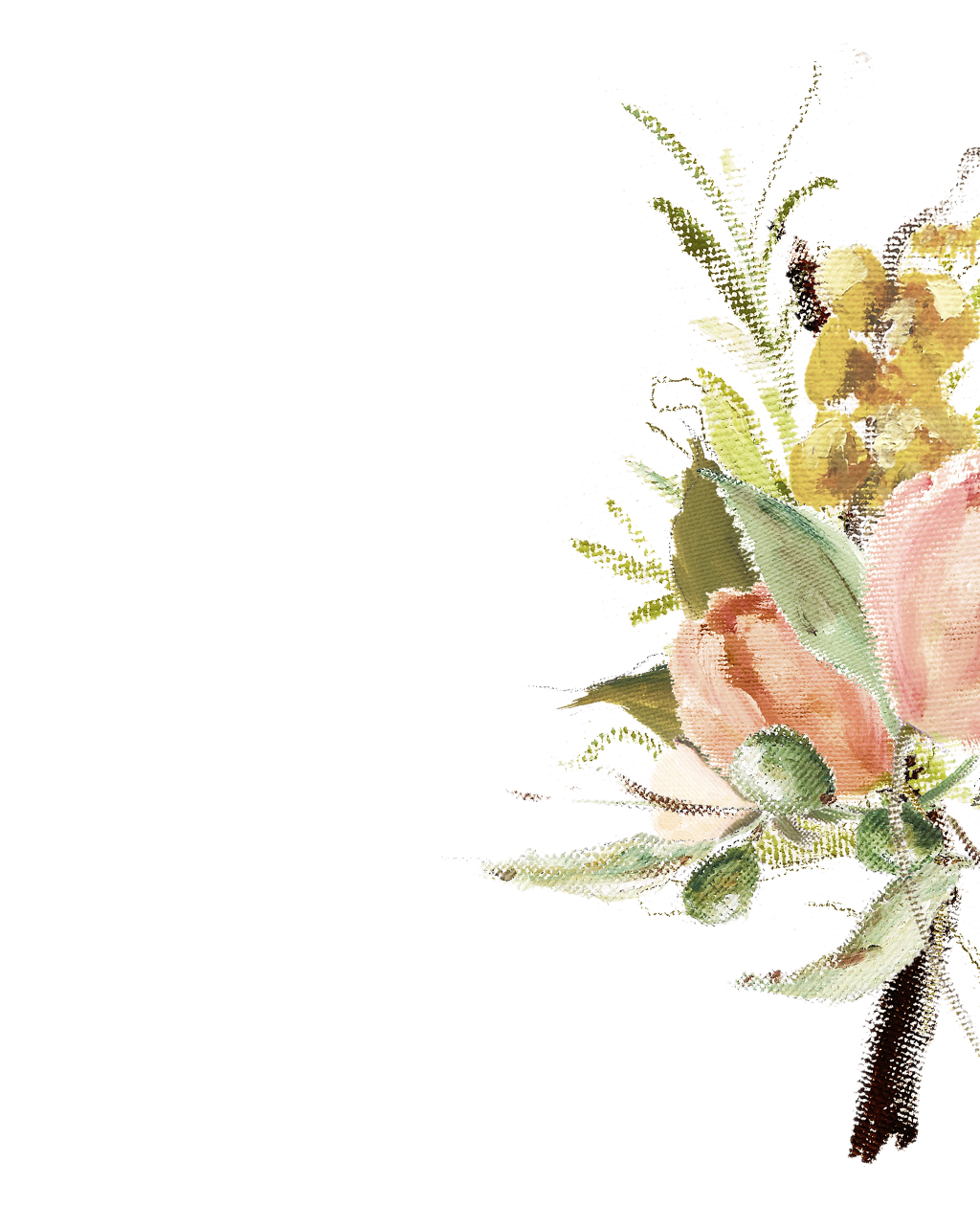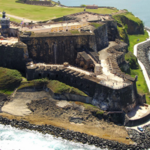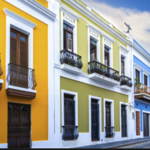

Things To Do

El Morro
Few landmarks represent Puerto Rico's legacy within the Caribbean and the Americas than Castillo San Felipe del Morro. This fortification on the corner of the islet of Old San Juan now greets cruise ships as they leisurely sail in and out of the bay. During most of its nearly 500-year history, it was an important military outpost for Spain and later the United States. When you walk through the narrow entrance and see the flags waving in the stiff Atlantic breeze, it's easy to be transported to another time in history and imagine soldiers in antiquated uniforms marching along the edge of the wall where cannons fit snuggly into the embrasures. You will learn about El Morro and the Island's history itself, why Puerto Rico's strategic location in the Caribbean made it an important port for those trying to expand their reach in the New World, and how the United States used the fort during both World Wars.

El Yunque
This natural treasure is an excellent destination if you want to be immersed in nature. You can visit for a hike on one of its many trails, bathe in natural pools beneath waterfalls, or relax and enjoy the scenery. El Yunque is the only tropical rainforest in the U.S. National Forest Service, and its name is a reference to Yuke, what the indigenous Taíno people defined as "white lands." With an average rainfall of 120 inches a year, El Yunque has a very diverse ecosystem, hosting hundreds of unique plant and animal species, including the Island's famous coquí frog.

Viejo San Juan
The Old World comes alive at fortresses like El Morro and San Cristóbal. These impressive citadels are part of the San Juan National Historic Site and are two of the largest fortifications built by the Spaniards in the Caribbean during the 16th century. Other important landmarks include Museo Casa Blanca (the one-time residence of the family of Juan Ponce de León that was built in 1521), the San Juan Cathedral, the Santa María Magdalena de Pazzis Cemetery, and the Museo de las Américas.
The Spoon Experience
If you're a self-proclaimed foodie these tours are for you!